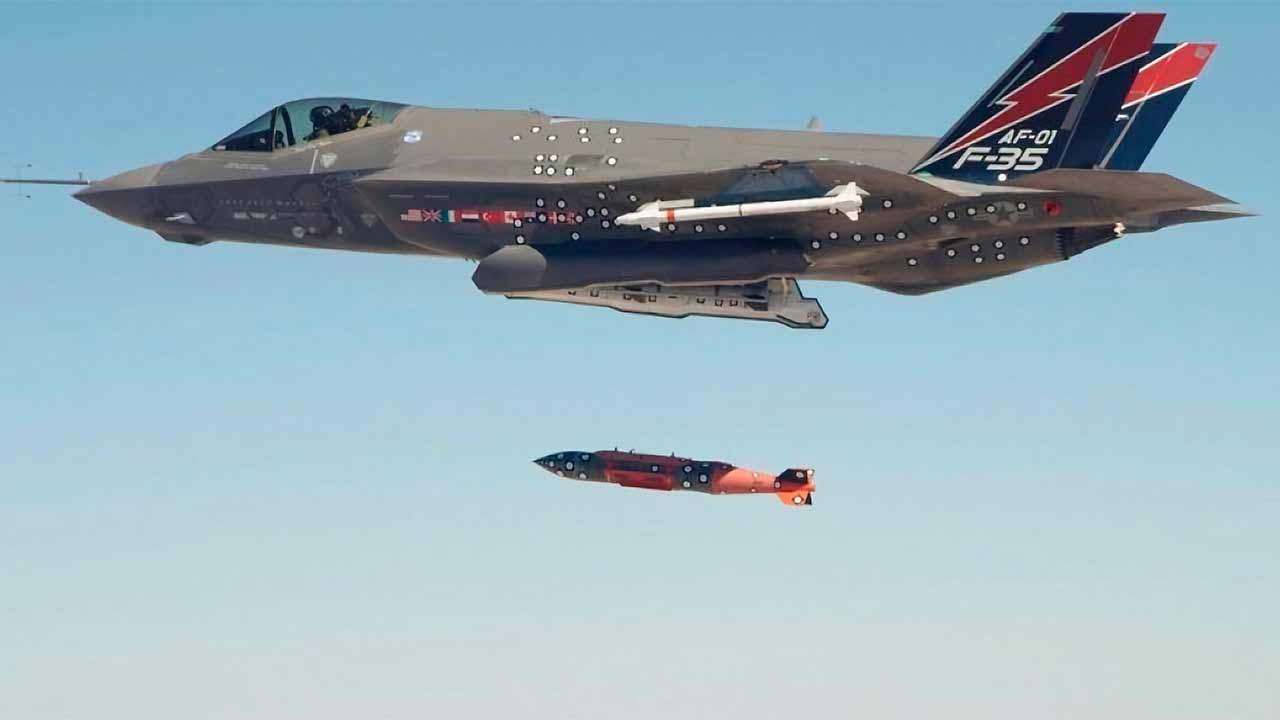Deployment of US Nuclear Weapons on British Soil
For the first time in over a decade, the United States has deployed nuclear weapons on British soil. According to multiple reports, B61-12 thermonuclear gravity bombs were recently transferred to RAF Lakenheath, located in Suffolk, eastern England. These weapons are believed to have been transported from the US Air Force Nuclear Weapons Center at Kirtland Air Force Base in New Mexico to a newly constructed secure storage facility at Lakenheath.
Despite these reports, the US Department of Defense has not officially confirmed the move. Similarly, the UK Ministry of Defence continues its policy of not commenting on the presence or absence of nuclear weapons at specific locations. This silence adds an air of secrecy around the deployment, leaving many questions unanswered.
The B61-12: A Modern and Versatile Weapon
The B61-12 is a modernized, low-yield version of the classic American tactical nuclear bomb. It features variable yield capability and precision guidance systems, making it one of the most advanced nuclear weapons in the US arsenal. The bomb is compatible with multiple delivery platforms, including the F-35A Lightning II, a fifth-generation fighter jet known for its stealth and advanced avionics.
At RAF Lakenheath, the 48th Fighter Wing operates the 493rd and 495th Squadrons, both equipped with F-35A fighters. These squadrons represent the first deployment of F-35A aircraft in Europe, highlighting the strategic importance of the base in NATO’s defense plans.
The B61-13: A New Era in Nuclear Capabilities
In addition to the B61-12, there are reports of a new variant called the B61-13, which is said to possess greater destructive power and more advanced technology. While details about this weapon remain scarce, its emergence signals a shift in the US nuclear strategy, emphasizing increased flexibility and potency in response to evolving global threats.
A Strategic Shift in NATO’s Posture
The return of US nuclear weapons to RAF Lakenheath marks a significant shift in NATO’s nuclear posture. The last known withdrawal of such weapons from the base occurred in 2008 as part of broader post-Cold War nuclear reduction efforts. Now, with rising tensions with Russia and a renewed focus on deterrence across Europe, the reestablishment of nuclear capabilities at Lakenheath reflects a strategic recalibration by NATO.
Plans for this deployment first became apparent in 2022 when US budget documents revealed infrastructure work at the base aligned with nuclear readiness requirements. However, neither the US Air Force nor British authorities have officially commented on the reported deployment, leaving much of the situation shrouded in uncertainty.
Implications and Future Outlook
The presence of nuclear weapons at RAF Lakenheath raises important questions about regional security and the future of NATO’s defense strategy. As tensions continue to escalate, the role of nuclear deterrence remains a critical component of military planning. The deployment of the B61-12 and potential future developments, such as the B61-13, underscore the ongoing evolution of nuclear capabilities in the modern geopolitical landscape.
With no official statements from either the US or UK governments, the full extent of the implications of this deployment remains unclear. However, the strategic significance of RAF Lakenheath and its role in NATO operations suggest that this move is part of a larger, long-term plan to strengthen the alliance’s nuclear deterrent.







